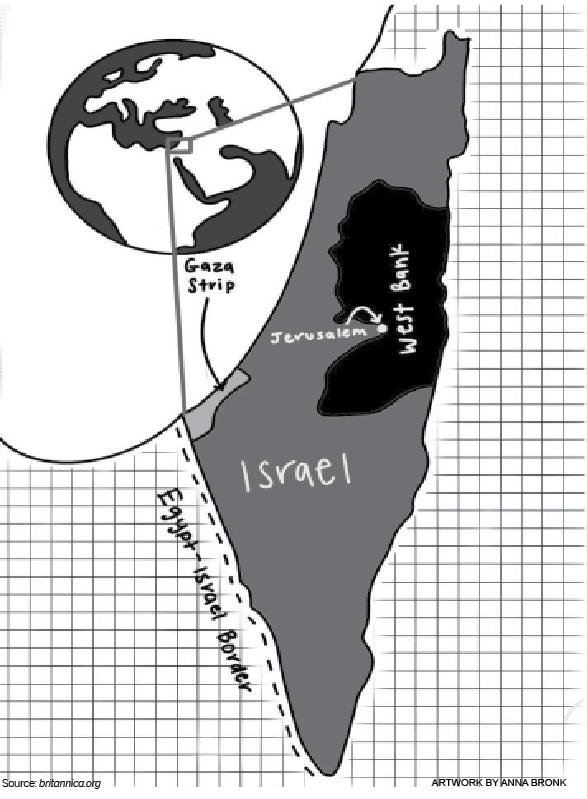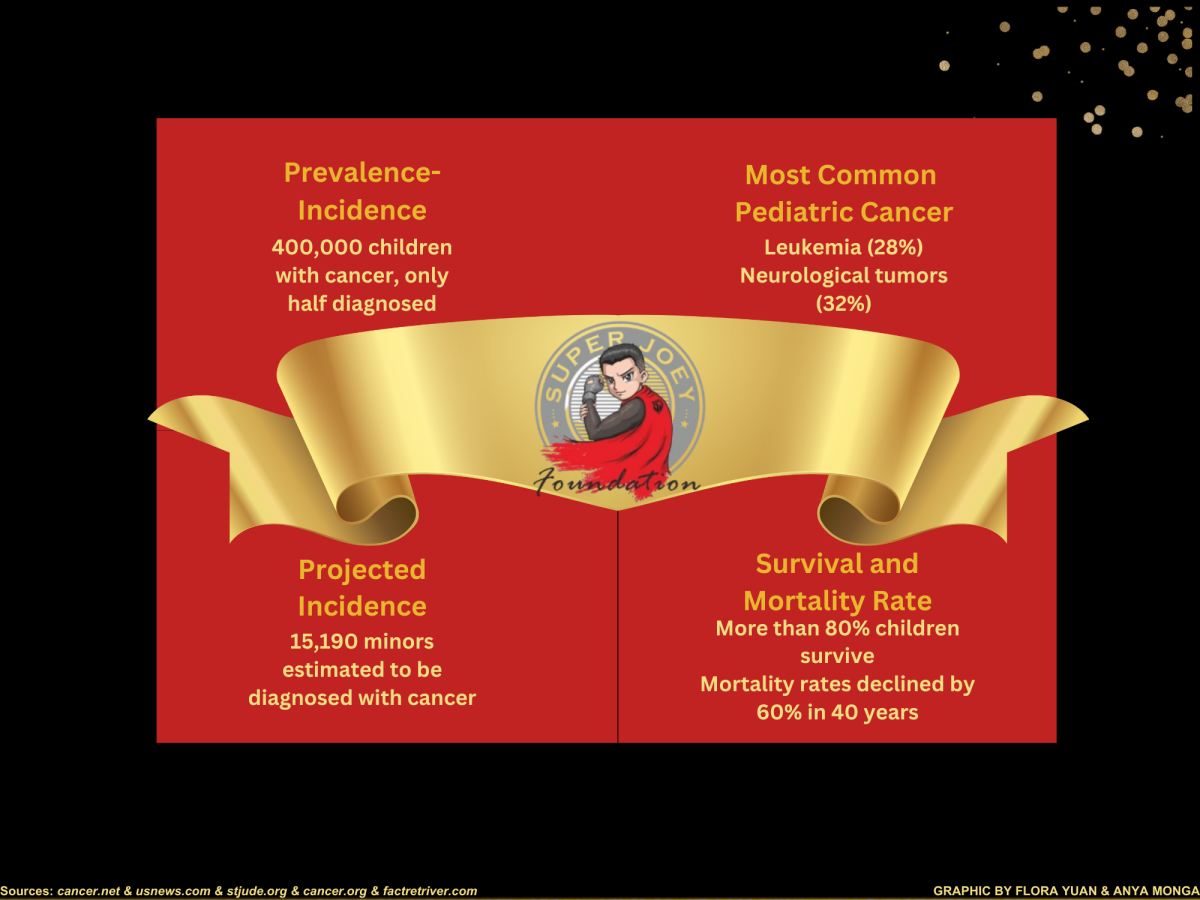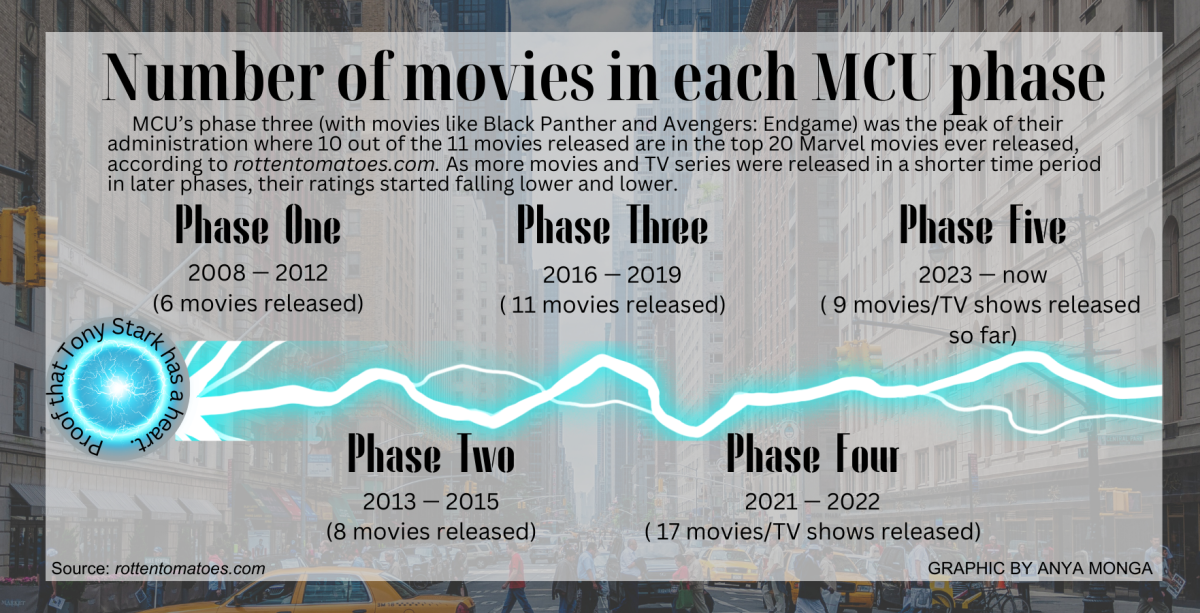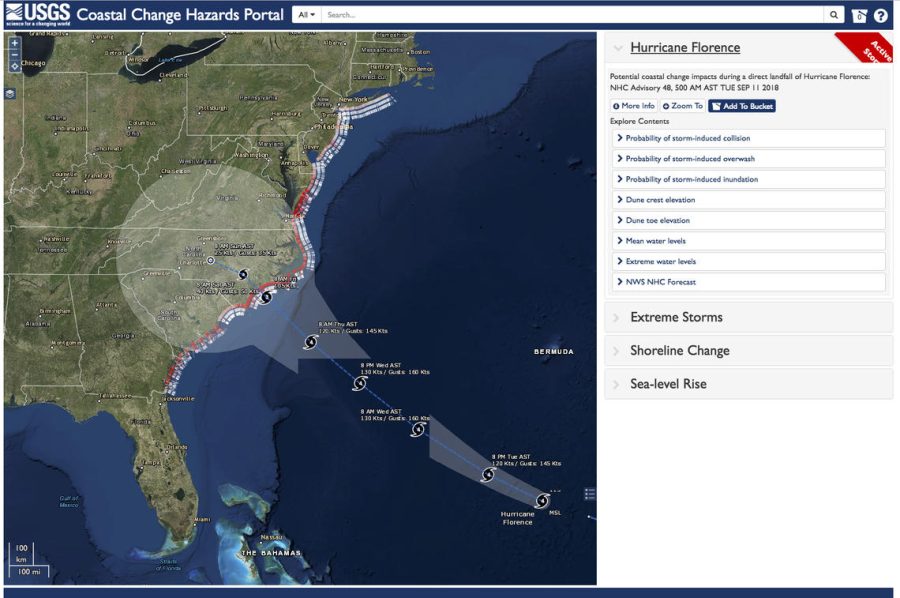On Sept. 14, Hurricane Florence made landfall near Wrightsville Beach in the United States with winds hitting speeds of 92 miles per hour; these are the fastest wind speeds recorded since Hurricane Donna hit the United States in 1960. The storm also poured record-setting rain across North and South Carolina for days after landfall, leading to swollen rivers and widespread flooding.
Hurricane Florence was classified as a Category two storm. According to the National Hurricane Center, a Category two storm has “extremely dangerous winds [that] will cause extensive damage: well-constructed frame homes could sustain major roof and siding damage. Many shallowly rooted trees will be snapped or uprooted and block numerous roads. Near-total power loss is expected with outages that could last from several days to weeks.”
Although authorities released warnings and evacuation recommendations days before the hurricane made ground, many residents refused to leave and decided to wait out the storm, unwilling to leave their homes [that they had long resided in]. Within hours of landfall, there were nearly 436,000 power outages in North and South Carolina. By the time Hurricane Florence began to calm down, millions of residents were left without power.
After two weeks of devastating obliteration, Hurricane Florence claimed 36 lives in North Carolina, according to the North Carolina Department of Public Safety.
In addition, nine people died in South Carolina and two in Virginia for a total of 47 fatalities in those three states.
Among the casualties are three children under one years old and seven seniors over 80 years old.
Despite the devastating power of the storm, the storm itself is not directly responsible for many of the deaths. The effects of the aftermath of the storm have claimed the majority of lives. Nearly 10 of the dead North Carolina residents were in rural areas that were completely consumed with water and went without power for several days. Other deaths occured when people were trying to clean up the debris after the storm.
For instance, one such fatality occurred when “A 67 year old man who fell and fractured his neck while cleaning up debris from the storm,” according to North Carolina Emergency Management.
Although the storm has passed, many cities and roads are still flooded. Flash floods are striking all across the southeast coast, engulfing cars, homes, and businesses.
Authorities are cautioning citizens to keep their guard up even after the passing of the storm.
The storm and its aftermath has wrecked the coast and created hazardous living conditions even after the storm itself passed.
“Florence is gone but the storm’s devastation is still with us,” Gov. Roy Cooper said during a storm update Monday, Sep. 17.
Since the storm has calmed down, the United States Coast Guard has rescued over 500 residents and pets.
Thousands of workers are still trying to restore power to the state. Only a few days after the storm, power provider Duke Energy had over 20,000 workers on the floor working to restore power to over 1.2 million residents.
However, there are still many places which are inaccessible due to flooding, natural roadblocks and debris. Duke Energy is taking an active and methodical role in keeping up with the hurricanes devastation across states affected by Florence.
The storm has left the states with nearly 30 billion dollars in property damage.
The damage covered by the National Flood Insurance Program is only about five billion of the total damage.
























